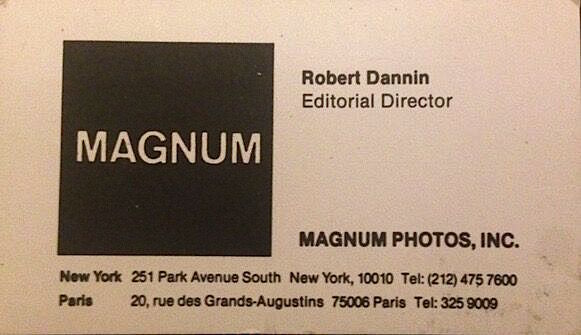 [Editor’s Note: Here we continue “The Dannin Papers,” a series of Guest Posts by Robert Dannin, who served as Editorial Director of Magnum Photos from 1985-90.
[Editor’s Note: Here we continue “The Dannin Papers,” a series of Guest Posts by Robert Dannin, who served as Editorial Director of Magnum Photos from 1985-90.
This second chapter — Dannin’s first-hand observations of the evolution and impact on the profession of the “A Day in the Life of …” book series (DITLO) as conceived and masterminded by Rick Smolan — appears in seven installments, of which this is the fourth. Click here for Part 3; click here for Part 5. — A. D. C.]
•
The Assassination of Photography:
The Plot to Hack Reality (d)
by Robert Dannin
… As the Day in the Life of America project drew to a close, planning was already underway to reproduce the DITLO experiment in the USSR and China. Predictably, the proposal for the 1987 Day in the Life of the Soviet Union lured photographers with promises of easy access and editorial candor. Citing the last Soviet Premier Mikhail Gorbachev’s policy of glasnost (openness), the DITLO entrepreneurs Rick Smolan and David Cohen averred,
[We] will be walking a tightrope while making this book. People will expect “A Day in the Life of the Soviet Union” to be either a whitewash showing only good aspects of the country or a diatribe against the Soviets. … “A Day in the Life of the Soviet Union” must first and foremost be a superior photographic document that answers a few questions about the Soviet Union and perhaps asks a few more. The project is designed, however, to provide a group of talented individuals with the opportunity to work together on a collaborative project and to allow you and the other photojournalists to share the camaraderie which has characterized previous “Day in the Life” projects.
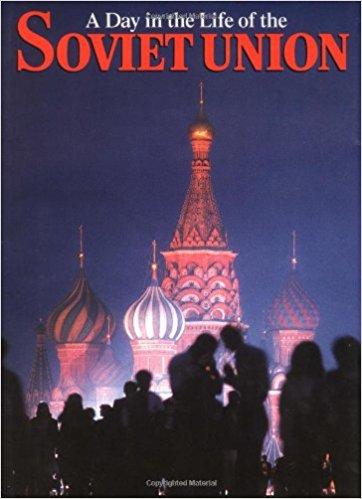 They reminded photographers of the nearly impossible logistical feat required to execute a one-day shoot in a culturally diverse country five times the size of the United States, and then threw out a bit of flattery mixed with the sort of warning issued by high-school principals to rowdy students embarking on a field trip:
They reminded photographers of the nearly impossible logistical feat required to execute a one-day shoot in a culturally diverse country five times the size of the United States, and then threw out a bit of flattery mixed with the sort of warning issued by high-school principals to rowdy students embarking on a field trip:
[W]e are more than aware how fragile this project is. An international incident could easily jeopardize everything. We are being allowed unprecedented access, and there will be a tremendous amount of world attention focused on this project. We are not certain that the success we have enjoyed with our first five books can be repeated in a country that has never been known for its openness to photographers. This is why we need people of your caliber and experience.
An addition to the usual suspects on the editorial team for this DITLO project was Don Abood of Picture Group, who saw in Day in the Life a parallel with his own efforts to disrupt the industry. Picture Group (1979-94) was the epitome of an ’80s start-up, using its low-rent Providence, RI headquarters and the frictionless framework of FedEx to compete with more established agencies.
[Note: Photographer and picture editor Peter Howe elaborates: “The advantages of the location were that the costs of space and labor were dramatically cheaper, and the disadvantages of its distance from the Time and Life Building were overcome through the use of an emerging technology known as Federal Express. For the younger photojournalists out there, Fedex in those days was the precursor to e-mail, an improvement over the United States Postal Service of such a dramatic nature that it enabled Picture Group to get photographs to any domestic location overnight, and often within the same timeframe as a messenger service in New York. It was certainly fast enough.” — A. D. C.]
 It might have been an admirable model for decentralizing photojournalism by taking it out of major urban centers, if not for Abood’s pitiless use of previously unheard of half- and quarter-day rates (which he introduced) to grab assignments for his shooters by undercutting the competition. No credible agent had ever dared to reduce the widely accepted minimum full-day rate. However, in the contractual policies and practices of the Collins group (publisher for the DITLO series Abood found confirmation for his every reckless assault on photographers’ livelihoods. [Click here for photographer Gary Wagner’s claim against Abood when Picture Group went bankrupt. — A. D. C.]
It might have been an admirable model for decentralizing photojournalism by taking it out of major urban centers, if not for Abood’s pitiless use of previously unheard of half- and quarter-day rates (which he introduced) to grab assignments for his shooters by undercutting the competition. No credible agent had ever dared to reduce the widely accepted minimum full-day rate. However, in the contractual policies and practices of the Collins group (publisher for the DITLO series Abood found confirmation for his every reckless assault on photographers’ livelihoods. [Click here for photographer Gary Wagner’s claim against Abood when Picture Group went bankrupt. — A. D. C.]
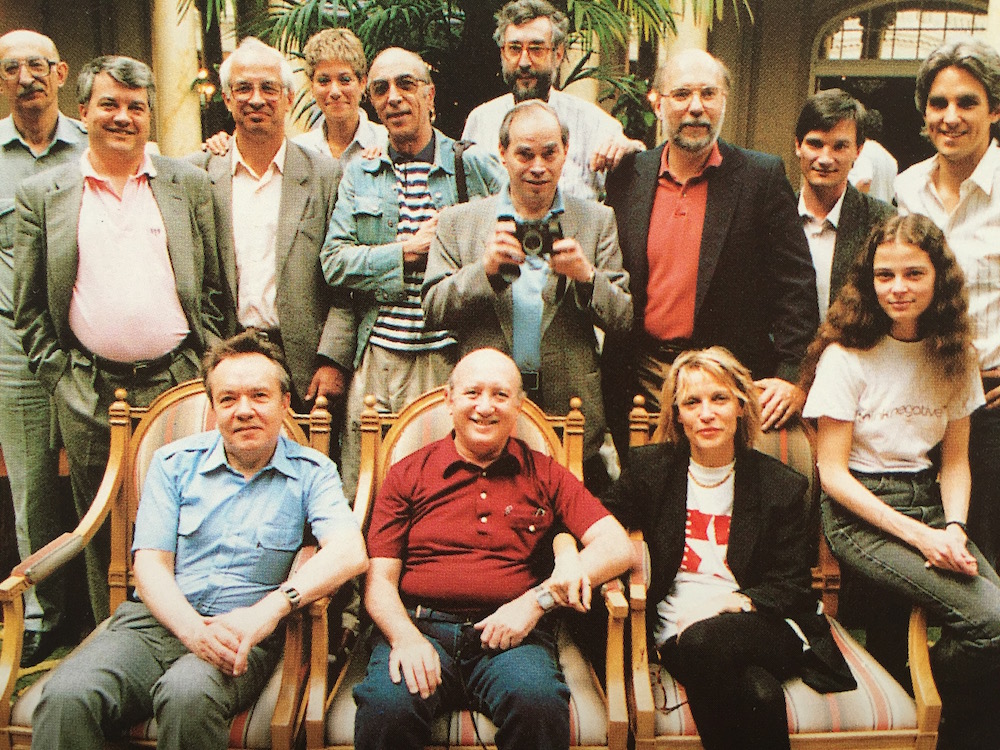
Accomplices, “A Day in the Life of the Soviet Union” editors (left to right: standing): Felix Rosenthal, Don Abood, Anatoli Bogomolov, Stephanie Maze, Yuri Zodiev, Alfonso Gutiérrez Escera, Dieter Steiner, Ken Kobersteen, Mark Grosset, Tom Walker; (left to right: seated): Aleksei Pushkov, Arnold Drapkin, Eliane Laffont, Jennifer Erwitt. Photo by Rick Smolan. (The affiliations are not given.)
•
Two years later, no one even attempted to conceal that A Day in the Life of China was a de facto joint venture with the ruling Communist Party. Teaching the young Collins maestros how to fiddle, the apparatchiks crafted A Day in the Life of China as “a celebration of the 40th anniversary of the founding of the People’s Republic.”
 Key partners in executing this lofty theme were to be the People’s Liberation Army, the Chinese National Publishing Industry Trading Corporation, and the Great Wall Publishing House. Smolan and Cohen’s cover-letter invitation to photographers obsequiously acknowledged the government’s benevolence in granting “unprecedented access” to the far-flung reaches of the country. (Click here for a pdf file of the letter of invitation to prospective participants in this project.)
Key partners in executing this lofty theme were to be the People’s Liberation Army, the Chinese National Publishing Industry Trading Corporation, and the Great Wall Publishing House. Smolan and Cohen’s cover-letter invitation to photographers obsequiously acknowledged the government’s benevolence in granting “unprecedented access” to the far-flung reaches of the country. (Click here for a pdf file of the letter of invitation to prospective participants in this project.)
How could this arrangement possibly be construed as open access and even interpreted as an example of editorial integrity?
•
Before visiting the disastrous results of these two projects, it’s worth reviewing the terms offered to photographers, and the evolution and eventual collapse of the Magnum boycott.
A Day in the Life of Hawaii (1984) offered $350 for the day’s shooting, the Radio Shack Model TRS-100 laptop computer (worth about $800), and a free membership in the Photo-One Network. (Click here for a pdf file of Smolan’s letter of invitation to prospective participants in this project.) For A Day in the Life of America (1986) there was the Apple computer upgrade, an Apple printer, and the Nikon camera previously described, along with the official Dr. Matthew Naythons Banana Republic vest.[1]
For A Day in the Life of the Soviet Union the participants now got a choice between $500 or a Sony 8-mm Handycam video camera. Nikon upgraded its prize to its 2020 autofocus camera with a zoom lens. This was a mid-range body with a decent 35-70mm lens, worth about $1,500. Although very similar terms applied to A Day in the Life of China, the public announcement omitted the contractual details.
For good reason: More monkey business than usual was afoot. First, the People’s Republic had an approach to the commercial side of the Day in the Life of China project entirely different from that of the Soviet Union. Under Deng Xiaoping’s capitalist revolution, western entrepreneurs could not operate without Chinese host partners. Every deal, large or small, came with a local representative, working in an official capacity while, simultaneously, openly seeking his own private opportunity. Great Wall, the Hong Kong publisher for the book, was going to get paid; the party-certified Chinese photographers, maybe not. Leaking the contract publicly threatened to create labor problems that, while not uncommon in China, are infrequently reported.
Second, from an editorial perspective the photographers were not free to roam. If Tibet wasn’t exactly off-limits, there were nonetheless restrictions and plenty of government minders to follow the photographers around. One explicitly candid shot that made it into the book shows a military guardian interfering with Steve McCurry’s phone call.
!["Help me, information, more than that I cannot add." Steve McCurry and unidentified PLA guard, 1989, A Day in the Life of China. [Photo: Doug Menuez]](https://www.nearbycafe.com/artandphoto/photocritic/wp-content/uploads/2018/02/7.-Doug_Menuez_Steve_McCurry_and_PLA_guard_China_1989.jpg)
“Help me, information, more than that I cannot add.” Steve McCurry and unidentified PLA guard, 1989, A Day in the Life of China. [Photo: Doug Menuez]
Third, government censorship occurred at every stage of the project; anything deemed embarrassing or inappropriate to the Party was never going into print.
And, finally, the Magnum boycott splintered.
•
It didn’t improve the ever-dreadful Day in the Life of China, yet Magnum’s capitulation revealed the complicity of François Hebel inside the agency’s Paris office. A former public-relations flak for a Parisian department store turned director of the Rencontres de la photographie d’Arles, Hebel was appointed Magnum’s French bureau chief in 1987. With no journalistic experience, little understanding of the industry, and even less desire to learn, he was the perfect mark for Robert Pledge of Contact Press Images, who went to work on him immediately. Deploying the same cheesy appeal — a corporate retreat for photojournalism’s key players — and with greater knowledge of Magnum’s internal dynamics, Pledge now recruited Hebel to undermine the hardline DITLO boycotters at Magnum.
His main obstacles in New York were Philip Jones Griffiths, the Gang of Four (Gilles Peress, Alex Webb, Eugene Richards, and Susan Meiselas), and me. As a photographer who negotiated deftly the tricky ground between hard journalism and corporate work, Griffiths understood the nefarious implications of this DITLO enterprise in terms of rights and fee structures. Attending a National Geographic symposium in Washington, he had confronted Picture Group’s Don Abood about slicing and dicing day rates.
Griffiths viewed Arnold Drapkin, another member of the DITLO editorial team, as an errand boy for the reactionary mavens at Time Inc. There were enemies and other enemies, but Phil reserved special opprobrium for Time Inc. as the evil spawn of Henry Luce. And he had a great sense of humor about it too. On one trip uptown to Rockefeller Center, he pointed to the “Cubed Curve,” artist William Crovello’s blue-metal sculpture in front of the old Time-Life Building at 1271 6th Ave., calling it “a giant magnet designed to pull money from photographers’ pockets!”
Wilbur Garrett, a Day in the Lifer and designated successor to Rich Clarkson as the National Geographic’s photo director, had earned Griffiths’s wrath over the politics of Vietnam. Phil got the insider’s view of the DITLO venture from his mate, the photographer Donna Ferratto, who had participated in several previous Day in the Life projects. He ridiculed Smolan and Cohen, the former as a failed photographer, the latter as a presumptuous huckster who once proclaimed, “I can take anyone with a camera and make them famous!”
•
Griffiths was never going to yield. Although increasingly at odds with him about Magnum New York’s finances, Gilles Peress was firmly allied with him on the boycott’s principles. Moreover, he was immune to Pledge’s entreaties, and justifiably concerned with monitoring Hebel’s mismanagement of the Magnum bureau in Paris. Alex Webb regarded the whole thing as a joke; it didn’t serve his purposes, he’s a street photographer who prefers working alone anyway. Eugene Richards, as stated previously, had recently received critical acclaim for his book, Below the Line: Living Poor in America (New York: Consumers Union, 1987) and wasn’t falling for bullshit.
That left Susan Meiselas. Pledge and Hebel began a concentrated charm offensive, promising whatever destination she desired in China and the possibility of staying on there after completing the project, a prospect that soon became a major selling point for everyone. …
•
[1] No greater proof of the real intentions of these projects exists than Smolan and Naythons’ spinoff, The Power to Heal, that recruited photographers to apply the same format in documenting “a day in the life” of the healing professions around the world (Prentice Hall, 1990).
 This project was pitched as the signature launch for a new professional medical magazine, to be sponsored (like others in that field) by Big Pharma and the corporate healthcare industry. The contract offered a stingy $250 day rate plus travel expenses, in exchange for the right to archive all pictures for exclusive use by the presumptive magazine and its sponsors.
This project was pitched as the signature launch for a new professional medical magazine, to be sponsored (like others in that field) by Big Pharma and the corporate healthcare industry. The contract offered a stingy $250 day rate plus travel expenses, in exchange for the right to archive all pictures for exclusive use by the presumptive magazine and its sponsors.
When it landed on my desk at Magnum I was incredulous, and called the annual-report editor at one of the sponsors. “For the past five years you pay us $2500 per day for a buyout, and now expect to get it for $250!” This was a total conflict of interest, demonstrating the rapacious ambitions of Day in the Life’s growing entrepreneurial cadre. Call it “start-up fever.”
Yet self-aggrandizing behavior was nothing out of the ordinary for Matthew Naythons, MD. While working as a Gamma agency photographer covering the 1979 refugee crisis on the Thai-Cambodian border, Naythons abruptly transformed himself into a physician without informing any of the NGOs or governments trying to manage the chaos.
His ill-conceived attempt to treat wounded refugees backfired: desperate as they were, they feared and rejected his assistance and nearly rioted. James Kelman, a U.S. State Department field officer, intervened to rescue him from a dangerous international incident of his own making, and later confided his annoyance. In many years of international service, said the diplomat, he had never witnessed a medical professional or a photographer “run amok.”
(Part 1 I 2 I 3 I 4 I 5 I 6 I 7)
•
Text copyright © 2018 by Robert Dannin. All rights reserved.
•
(For an index of links to all posts in this series, click here.)
•
Robert Dannin holds a doctorate in linguistics and anthropology from the School for Advanced Studies in the Social Sciences in Paris. He taught at Brown University, New York University, and Suffolk University in Boston. He is co-founder and director of the Ddora Foundation, and serves as a trustee at Mount Ida College in Newton, Mass. Among his scholarly publications, Black Pilgrimage to Islam (Oxford University Press, 2002) was the first ethnography of Islamic religious conversion in America.
In 2009 Dannin was awarded an inaugural residency at the Norman Mailer Writer’s Colony. His most recent work is a biography of Jacob Schiff, the Gilded Age banker and rival to J. P. Morgan.
Dannin paid for his education by working as a cook, translator, ghostwriter, and copywriter/photo editor at Sipa Press in Paris from 1978 to 1981. He was news editor for Sygma New York and later the editorial director of Magnum, where he produced Sebastião Salgado Jr.’s “An Archaeology of the Industrial Age,” eventually published as Workers (Aperture). His other editorial credits include James Nachtwey’s Inferno (Phaidon) and the survey Arms Against Fury: Magnum Photographers in Afghanistan (powerHouse).
Dannin is the author of numerous critical essays about photojournalism. From 1995 to 1997 he served as special consultant on photography to the office of the New York Attorney General. To contact Robert Dannin, click here.


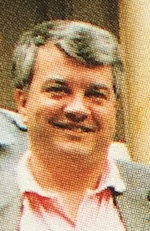

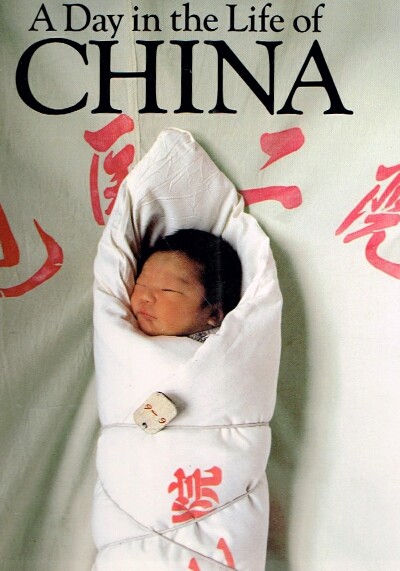

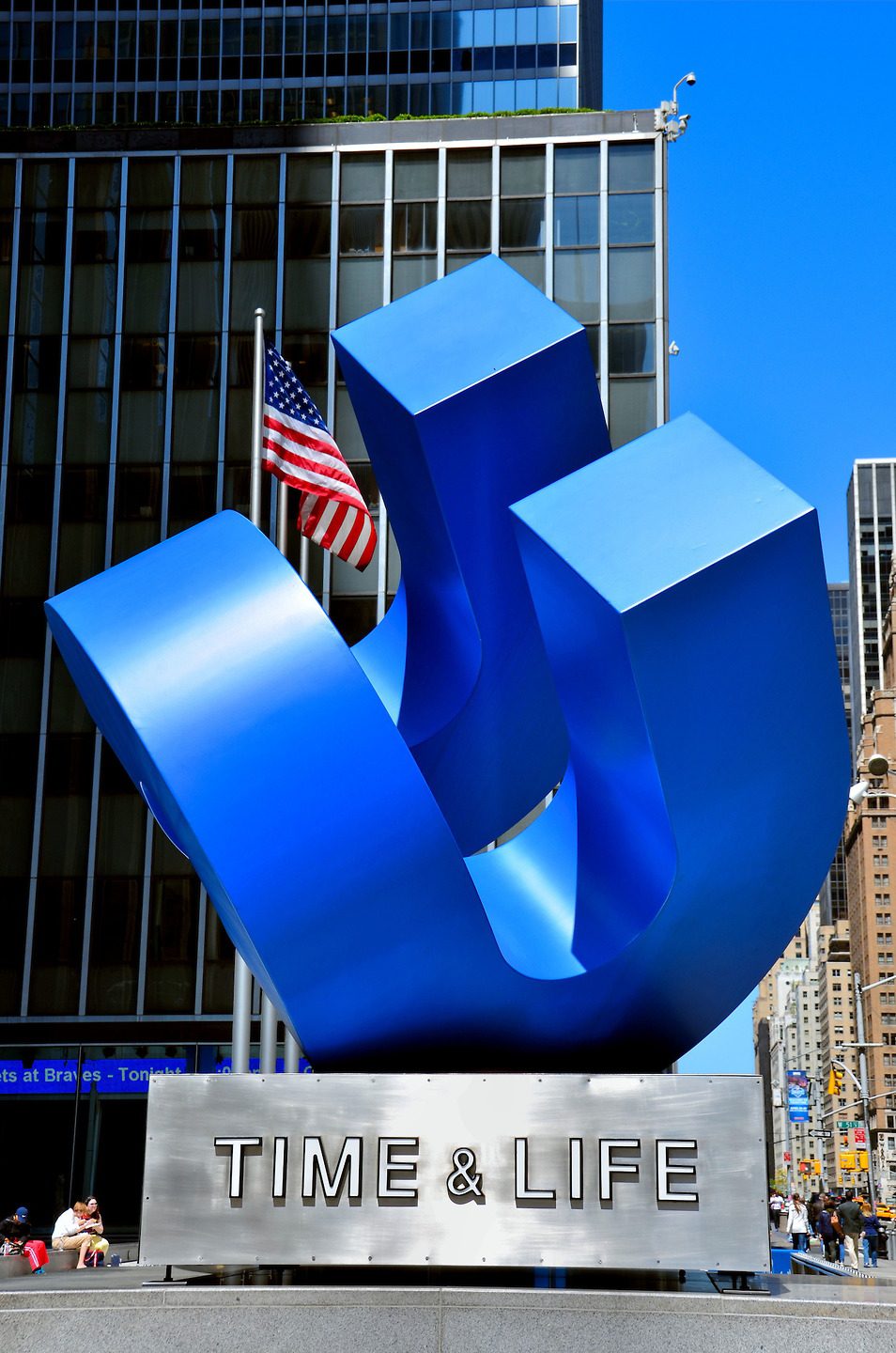
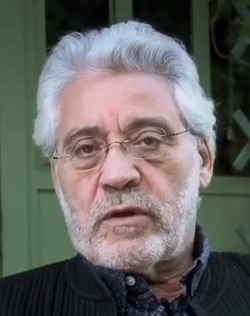

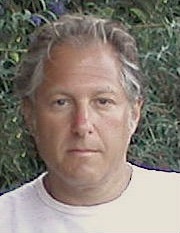
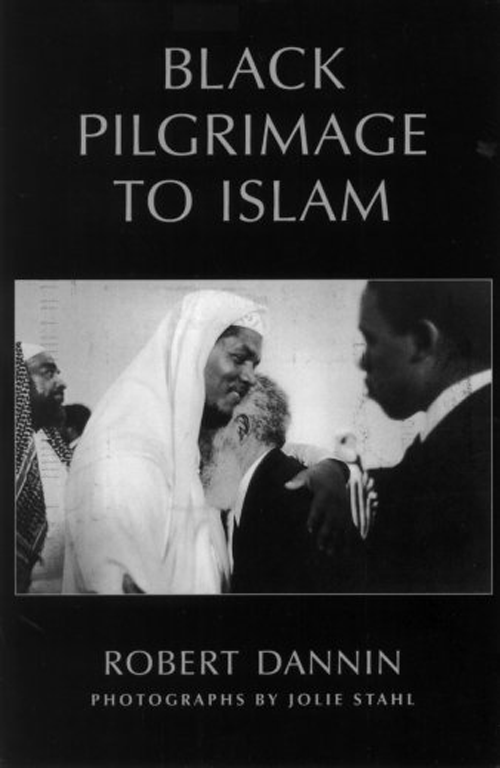




Leave a Comment